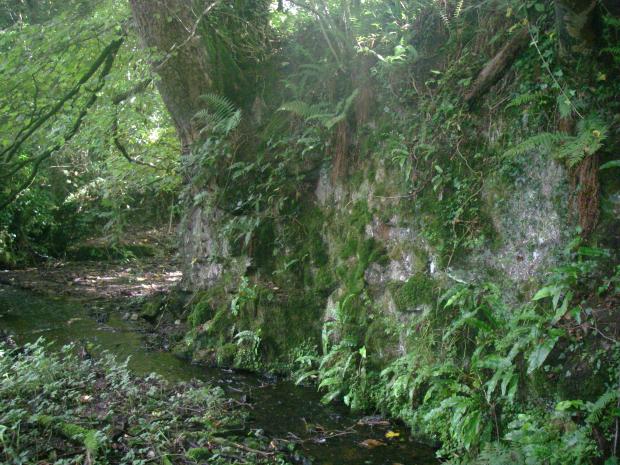
Drumbally Hill is a special place because of its Earth Science interest. The area provides excellent access to an important exposure of limestone.
This exposure is what is left of a large quarry that once existed at the site. There are very few exposures of this rock left in the area. The limestone dates from the Carboniferous period of Earth history and is around 320 million years old.
Originally, the rock formed as a lime mud on the floor of a shallow, tropical sea. It was near a shoreline, however, that brought quartz sand grains and pebbles into the mud. Storms had the effect of removing some of the lighter mud particles, leaving a larger amount of sand grains than is usual for many limestones.
The exposure contains some fossil shell fish and crinoid fragments, also known as ‘sea-lilies’. These help to recreate the ancient environment and to place the rock in the right time period.
Related articles
- ASSI Guidance for Public Bodies/Competent Authorities
- Coastal Areas of Special Scientific Interest
- Conservation Management Plans (CMPs)
- European Marine Sites - Marine Special Areas of Conservation and Special Protection Areas
- Introduction to Conservation Management Plans (CMPs) for Northern Ireland’s Special Areas of Conservation
- Marine Conservation Zones
- Marine Protected Areas
- Marine Ramsar sites
- Portrush Coastal Zone
- Special Areas of Conservation
- Special Areas of Conservation for Harbour porpoise
- Special Protection Areas
